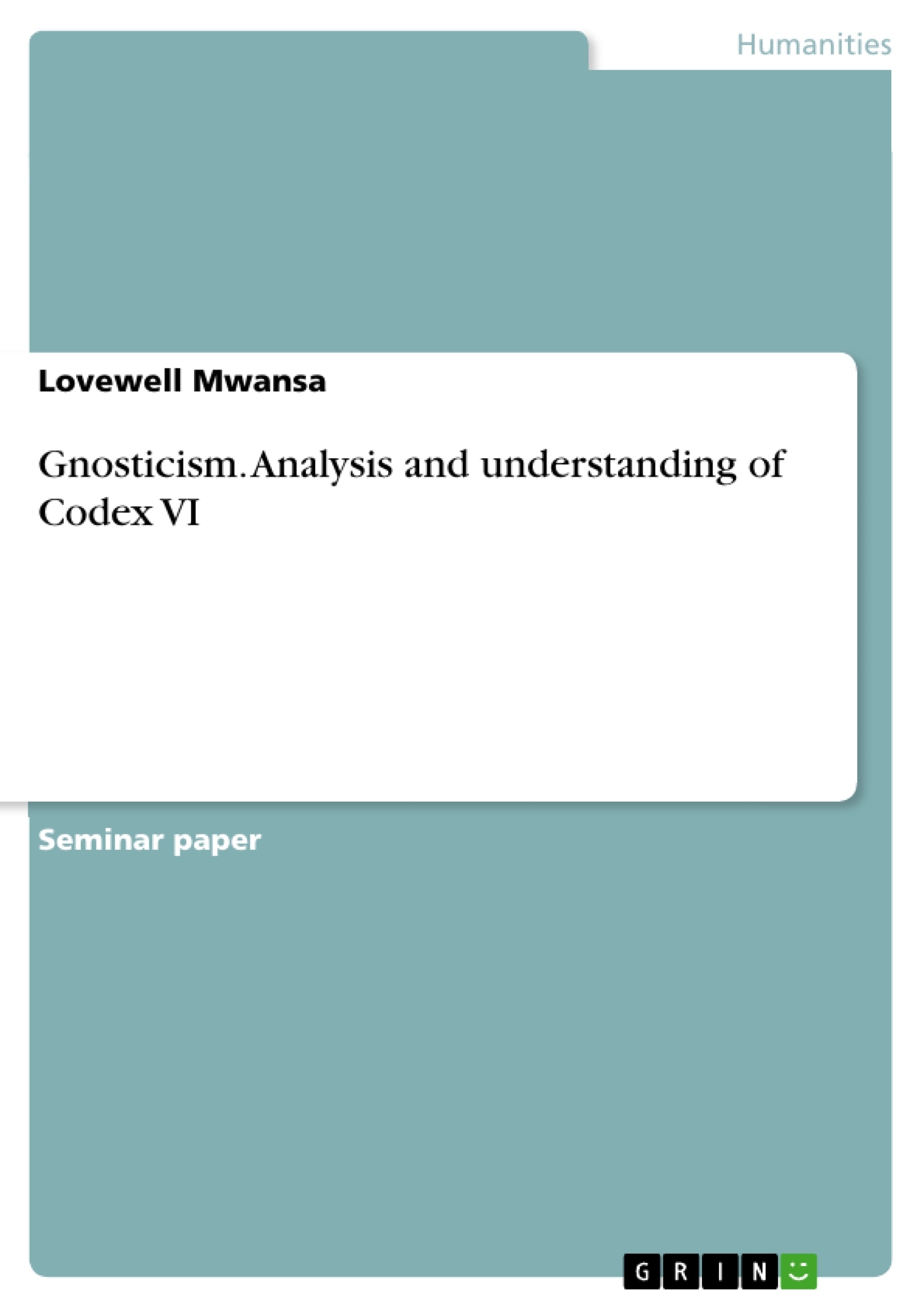According to John W. Drane, in his Journal, "Gnosticism and the New Testament 2", John writes asserting that over the last seventy years or so, three considerations have been taken up in dealing with the question of Gnosticism and the New Testament referred to as 'The classical theory', 'Pre-Christian Gnosticism' and 'A simultaneous development'. The classical theory terming 'Gnosticism as a Christian heresy'.
The Church Fathers engaged in the fight to keep the Catholic Church of the early centuries free from heresy, assuming that the catholic faith was the original form of Christianity and any departure must have come in later, which could have been based on a perversion of orthodox Christian belief. From aforesaid, it was self-evident that Gnosticism was based on catholic Christianity, and constituted a deviation from the true faith.
From the time of the Fathers until the rise of scientific biblical criticism towards the close of the nineteenth century, interpreters had more or less claimed that Gnosticism was a perversion of the true Christian gospel, beginning sometime in the second century AD, and that a fairly clear line of development could be tracked from those elements of Docetic teaching opposed in such New Testament writings as 1 John to the developed Gnostic heresies. The arrival of a scientific approach to biblical history dealt what must be considered as a death-blow to this theory of Gnostic origins, though it was not without a counter-attack that this was accomplished.
Inhaltsverzeichnis (Table of Contents)
- Introduction
- The Classical Theory
- Pre-Christian Gnosticism
- A Simultaneous Development
- Gnosticism and the New Testament
- Codex VI
- The Asclepius
- The Perfect Discourse of Hermes Trismegistus
- The Nag Hammadi Library in English
Zielsetzung und Themenschwerpunkte (Objectives and Key Themes)
This research paper aims to critically analyze and understand Codex VI, specifically focusing on the Asclepius text. The paper will delve into the origins and development of Gnosticism, examining its relationship to Christianity and its interpretations within the New Testament.
- The origins and development of Gnosticism
- The relationship between Gnosticism and Christianity
- The interpretation of Gnostic texts within the New Testament
- The historical and philosophical context of the Asclepius
- The unique features and significance of Codex VI
Zusammenfassung der Kapitel (Chapter Summaries)
The paper begins by exploring the historical development of Gnosticism, examining the classical theory, pre-Christian Gnosticism, and the theory of a simultaneous development. It then focuses on the New Testament, highlighting its diverse interpretations and the role of Gnosticism in these interpretations.
The paper proceeds to analyze Codex VI, specifically the Asclepius text. It examines the origins and content of the Asclepius, discussing its relationship to other Hermetic texts and its significance within Gnostic traditions.
Schlüsselwörter (Keywords)
Gnosticism, Codex VI, Asclepius, Hermeticism, New Testament, Christianity, Dualism, Secret Knowledge, Theology, History of Religions, Ancient Philosophy, Religious Interpretations, Codex, Early Christianity.
- Quote paper
- Dr. Lovewell Mwansa (Author), 2022, Gnosticism. Analysis and understanding of Codex VI, Munich, GRIN Verlag, https://www.grin.com/document/1383173



